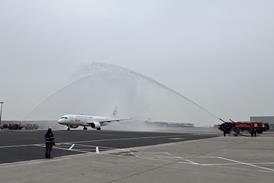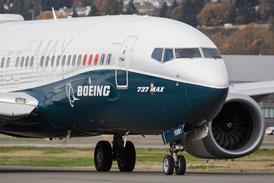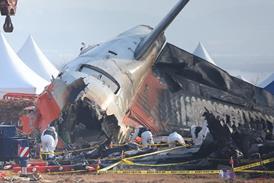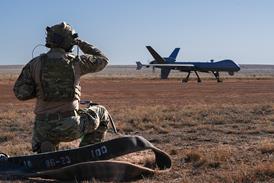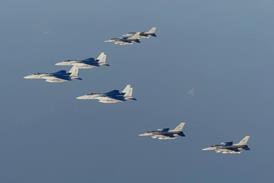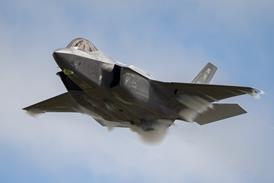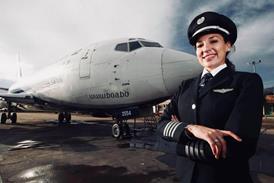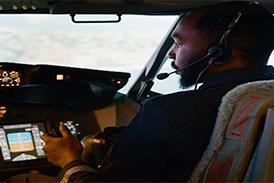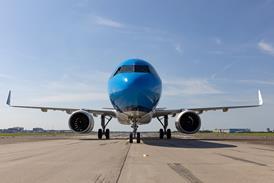If air accident investigators fail to find significant parts of the wreckage of the Air France A330-200 that crashed into the Atlantic it could mark one of the very few times that the causes of a major accident remain a mystery.
In the history of aviation, few probes into the loss of an airliner in mid-flight have failed to piece together the key events that led to the crash (see box). But in the case of Air France 447, lack of communication from the pilots about the aircraft's problems, and the likely location of the aircraft and its data recorders on a mountainous, mid-ocean seabed could mean the industry will never know for sure what was behind the disaster.
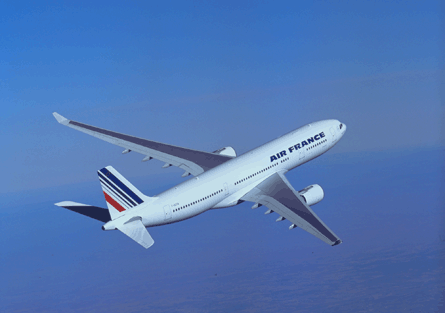 |
|---|
© Airbus |
Previous events Many airliners have gone missing in the cruise or late climb, some of them over the sea. In all cases the reason for the loss was a mystery for some time. Here are some recent examples: Fire/explosion
Crew disorientation
Terrorism/deliberate action
Structural failure
Weather
|
Paul-Louis Arslanian, director of French investigation agency, speaking during a briefing in Paris on 3 June, said efforts to recover the Airbus A330-200 faced regions of extremely deep water and a sub-sea terrain which was "more of mountains than of plains".
Arslanian - who also headed the BEA's investigation into the fatal Air France Concorde accident in 2000 - said that, without the cockpit voice and flight data recorders, he would be "pessimistic about reaching established facts". But even if they are retrieved, he said, the BEA "cannot guarantee" that they would provide conclusive evidence. The BEA will push to deliver a preliminary report by the end of June, he said.
Datalinked information that reached Air France automatically through the lost A330's aircraft communication addressing and reporting system (ACARS) was being sifted for clues as the sea search for aircraft wreckage continued. The first evidence of debris from the crashed aircraft was spotted by Brazilian air force aircraft on 2 June.
The A330 was en route from Rio de Janeiro to Paris at night on 1 June, and had struck out into the South Atlantic from Natal on the Brazilian coast. The crew's last call to air traffic control reported the aircraft at waypoint INTOL (see map) at 01:33 GMT, estimating the next waypoint TASIL at 02:20. An ACARS message at about 02:00 reported that the aircraft had been buffeted by heavy turbulence associated with storm clouds and, at 02:14 - with about 100km (55nm) to go to TASIL - further messaging indicated electrical faults and loss of pressurisation. The position where the floating debris has been found is about 100km right of track, and the expected crew report at TASIL never came.
ACARS sends streams of data at preset intervals, and it can be interrogated. Investigators will be working with Air France to interpret all the data the aircraft sent. The small amount of data released about the aircraft so far - that it encountered turbulence and suffered electrical and pressurisation problems - might not indicate the primary cause of the aircraft's loss, but are more likely to indicate its symptoms.
For example, if there was an electrically caused fire, unless it was close to heat and smoke detectors, the fire would not be reported, but resulting system failures would be. If there were structural failure it would not be reported, but the symptoms of it would be, as long as the ACARS had electrical power.
PRECEDENTS ARE GOOD FOR AIR FRANCE RECORDERS RECOVERY
Despite the warning by the BEA of the difficulties in recovering the wreckage and recorders, there are precedents for a successful outcome.
In 1987 and 1988 investigators were eventually able to locate most of the wreckage of the South African Airways Boeing 747 Combi lost over the Indian Ocean and to recover the cockpit voice recorder, although not the flight data recorder. A complex mathematical model was used to predict the location in waters down to 5,000m (16,000ft) correctly after early search efforts struggled.
In 1996 the US Navy found the FDR of the Birgenair Boeing 757 in 2,300m of water after it was lost over the Atlantic.
In those cases predictive modelling and sonar played key roles, but the primary method for recovering a recorder is by detecting a low-frequency radio signal emitted by the underwater locator beacon (ULB) attached to it.
Current devices are powered by a lithium battery sufficient to transmit the 37.5kHz signal for 30 days and to survive immersion to a claimed 6,000m, although the US National Transportation Safety Board quotes a figure of 4,300m.
A special-purpose detector is used to listen for the signal and an investigator involved in the SAA operation notes that the hemispherical effective volume of the signal can be easier to locate than the wreckage.
Rough weather conditions can make detection considerably harder, however, due to water and vessel noise - a problem reported by Taiwanese investigators involved in two such recoveries in 2002.
There is also a risk of the ULB becoming detached as happened to the FDR of flight TW800 off the US eastern seaboard, although both it and the CVR, which retained its ULB, were eventually found.
Source: Flight International

